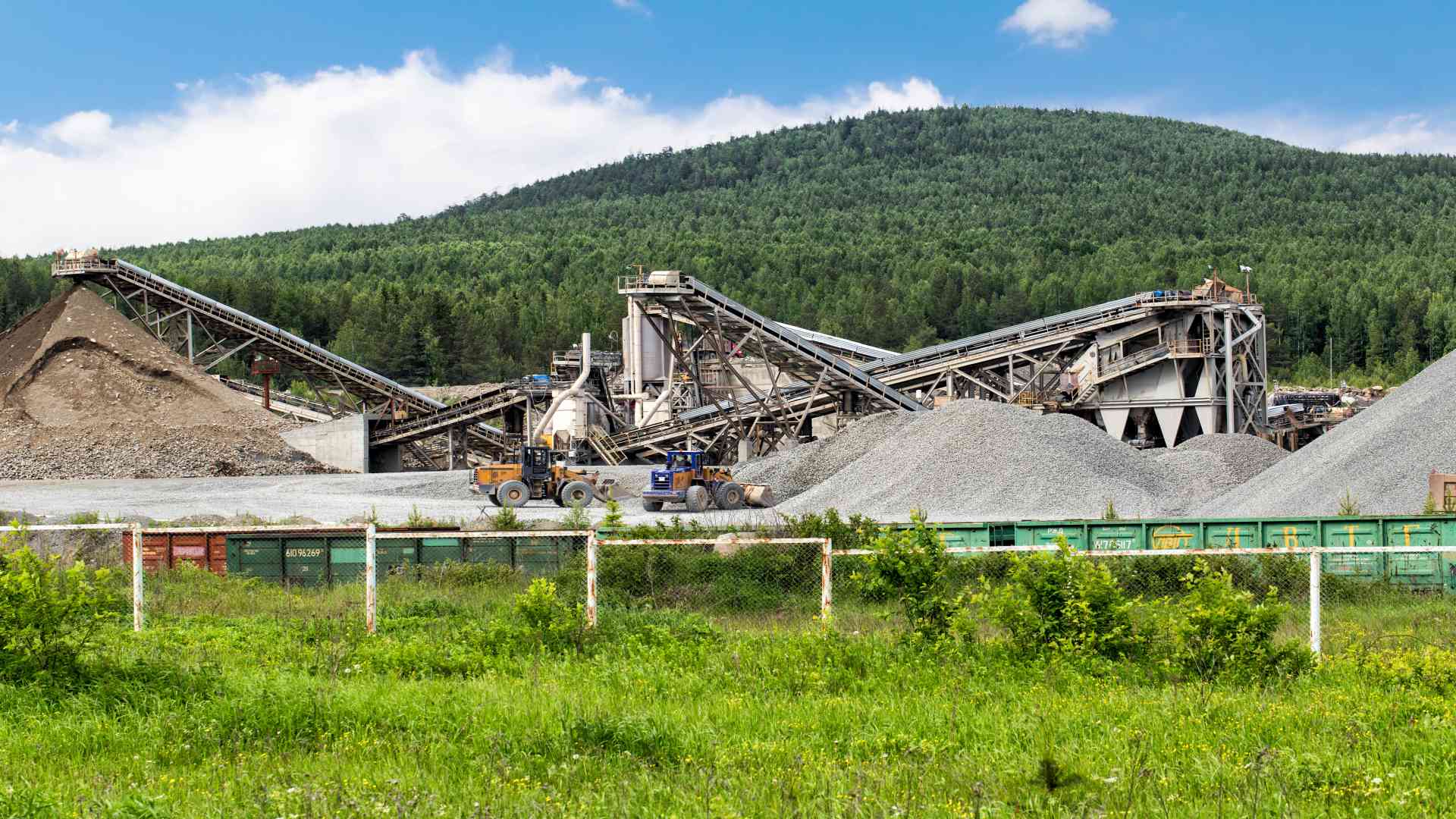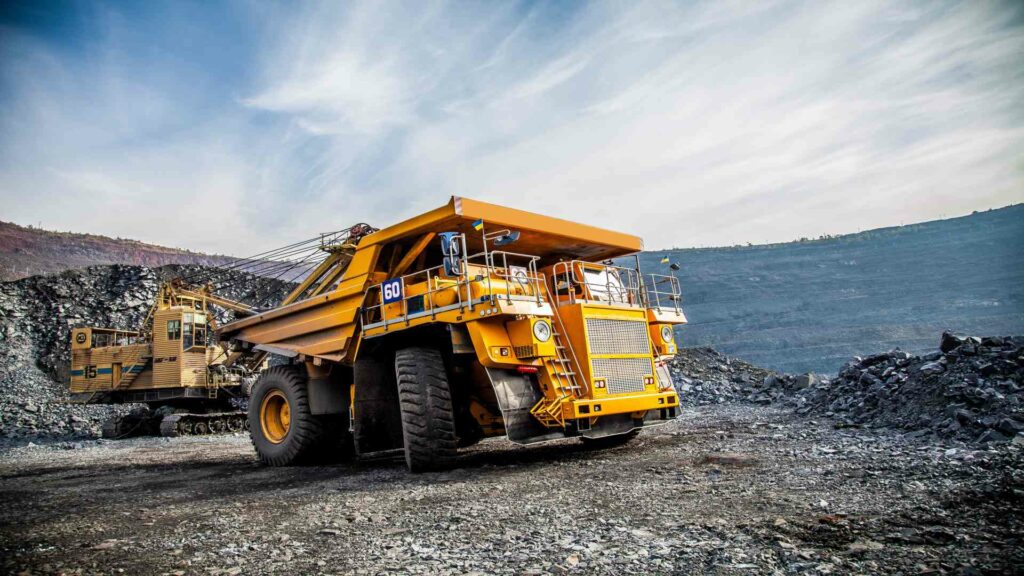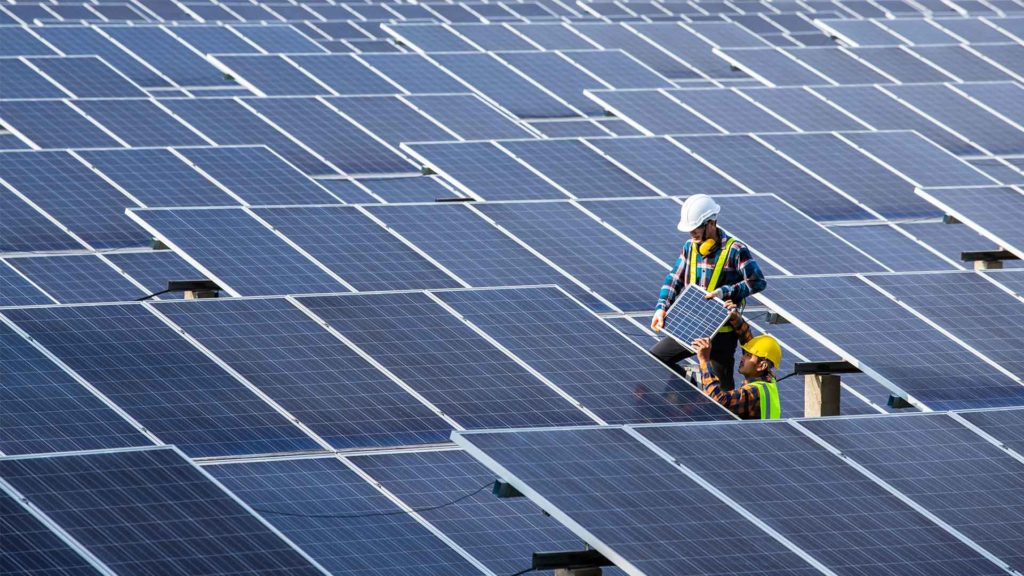Sustainable Mining
Sustainable mining refers to the sustainable extraction, processing, and use of mineral resources. It impacts both the environmental and social impacts of mining and the economic feasibility of doing so.
Sustainable Mining
Sustainable mining can be achieved in various ways, including reducing environmental impacts, improving resource efficiency, and reclaiming exhausted mine sites. One common sustainable mining approach aims to lower the environmental impacts using boron.
Boron plays a critical role in sustainable mining by helping to preserve the environment and reduce greenhouse gas emissions. Boron helps to make bricks, mortar, and other construction materials more durable, reducing the amount of waste produced during mining and construction. Additionally, boron helps improve the efficiency of blast furnaces, which reduces the amount of carbon dioxide released into the atmosphere.
Types of Sustainable Mining
Mining is an essential part of the world economy, providing the raw materials needed for construction, manufacturing, and other industries. There are four main types of mining: Underground mining, Open surface (pit) mining, Placer mining, and In-situ mining.
- Underground mines are much more expensive, but they are frequently used to access deeper deposits.
- Surface mines are typically used for deposits that are shallower and less valuable.
- Placer mining is a method of extracting valuable metals from sediments in river channels, beach sands, and other environments.
- In-situ mining, primarily used in uranium mining, includes dissolving the mineral reserves in place and then processing it at the ground without stripping away rock from the ground.
The method used is determined by the type of mineral resource mined, its location at or underneath the surface, and whether the resource is valuable enough to justify extraction. Each mining method has a different impact on the surrounding landscape and environment.
In-Situ Leach Mining
In-situ leaching (ISL) is a mining process that uses boreholes drilled into a deposit to recover minerals such as copper and uranium. In situ leaching works by dissolving minerals naturally present in solid form. This mining is also known as in-situ recovery (ISR) or solution mining.
The process begins with the drilling of holes into the ore body. Explosive and hydraulic fracturing can create open pathways for a solution to penetrate the ore body. The leaching solution is injected into the deposit and contacts the ore. The dissolved ore-containing solution is then pumped to the surface and processed. This method extracts metals and salts from ore bodies without using traditional mining methods such as drill-and-blast, open-cut, or underground mining.
5E Advanced Materials Inc, a Houston-based mining company, will access and extract boron from a colemanite ore deposit using a relatively unique non-open pit technique known as in-situ leach (ISL) mining. The company, FEAM intends to build a 500KsTPY boric acid production complex using a low-footprint mine process, with a nameplate run-rate target of 2H27. Boric acid production will also be supplemented by many co-product streams such as high-value lithium carbonate.
This mining process has been proven with various materials, including bromine, uranium, and copper. It is worth noting that almost all bromine and uranium mining is extracted using this method.
During the 1980s, a previous site owner, Duval Corp., successfully produced boric acid on-site using ISL mining. It is also worth noting that Tyson Hall, 5E’s COO, has extensive operational experience in solution mining from his time leading Albemarle’s bromine and lithium mining businesses.
According to Davidson’s report, 5E’s in-situ process does not generate effluents as a waste product and thus does not necessitate an associated impoundment. They believe that an appropriate estimate for the capital required for full-scale extraction operations alone is around $200M-$250M.
Importance of Sustainable Mining
Mining is a critical industry for the global economy, supplying the raw materials needed for construction to electronics. And while it can be a major source of income and jobs in some countries, it can also have a significant negative impact on the environment and local communities.
That’s why sustainable mining is so important: it ensures that this vital industry can continue to thrive while minimizing its environmental and social impacts.
There are many different aspects to sustainable mining, but they all aim to achieve three things:
- Minimize the environmental impact of mining
- Improve the lives of miners and communities affected by mining
- Ensure that mines can operate sustainably into the future
There are many ways to achieve these goals, but some of the most important include using clean energy sources, investing in rehabilitation and reclamation projects, and improving mine safety.
Clean energy sources: One way to reduce the environmental impact of mining is to use clean energy sources instead of fossil fuels. This can help to reduce greenhouse gas emissions and pollution.
Rehabilitation and reclamation: Another crucial part of sustainable mining is rehabilitating and reclaiming areas that have been affected by mining activity. This can help to restore ecosystems and improve the lives of local communities.
Mine safety: Improving mine safety is essential for protecting workers and ensuring that mines can continue to operate sustainably. Some of the ways this can be done include better training and safety equipment and improved ventilation and drainage.





